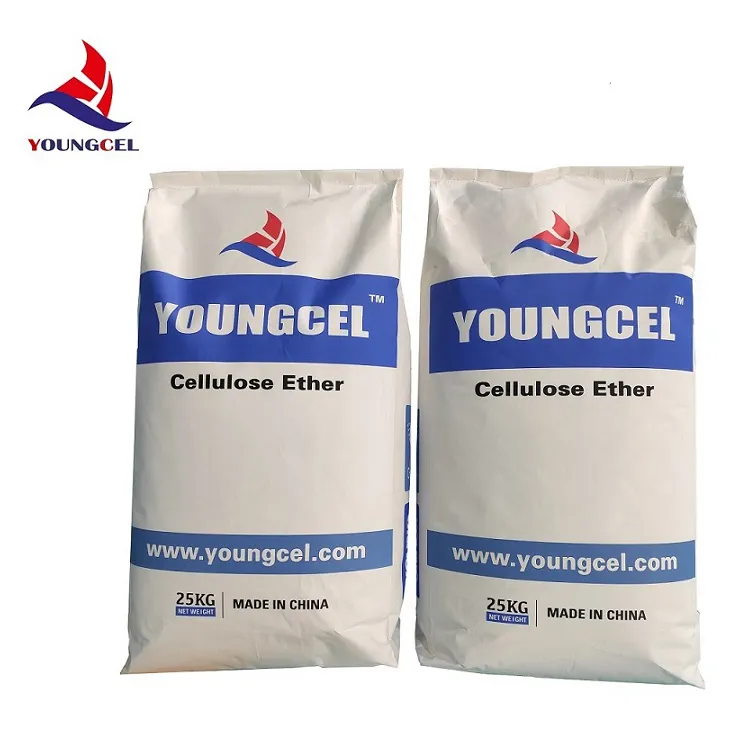Cellulose is a complex carbohydrate and a key structural component of the cell walls in green plants, algae, and some fungi. It is a polysaccharide consisting of long chains of glucose molecules linked together by β-1,4-glycosidic bonds. This unique structure gives cellulose remarkable properties, making it one of the most abundant organic polymers on Earth.
One of the primary functions of cellulose is to provide rigidity and strength to plant cells. By forming a network of fibers, cellulose helps plants maintain their shape and resist external forces such as wind and water pressure. This structural integrity is particularly important for tall plants and trees, which need significant support to counteract gravity. Additionally, cellulose plays a crucial role in regulating water retention within cells, which contributes to the overall health and growth of plants.
.
In industry, cellulose has a wide range of applications. It is used to produce paper and cardboard, making it one of the most important materials in the printing and packaging industries. Cellulose fibers are valued for their strength and durability, which contribute to the quality and longevity of paper products. Furthermore, cellulose is utilized in the production of textiles; cotton, for example, is composed primarily of cellulose and is a fundamental fabric in the fashion industry.
celulosa

Beyond traditional uses, cellulose has garnered attention in environmental sustainability efforts. It is a renewable resource, and its extraction from agricultural waste, such as corn stalks and sugarcane bagasse, can help reduce waste and promote circular economy practices. Researchers are exploring various methods to convert cellulose into biofuels, offering a potential alternative to fossil fuels that could decrease our carbon footprint and reliance on non-renewable energy sources.
Moreover, cellulose nanofibers are emerging as a promising material in nanotechnology, where they are being used to create lightweight, high-strength composites, as well as films and coatings with unique properties. These developments indicate that cellulose is not only vital for the current ecosystem but also holds potential for future innovations in materials science.
In conclusion, cellulose is a remarkable and versatile biopolymer that serves essential functions in nature and industry. Its unique properties and sustainability make it an invaluable resource as we navigate the challenges of modern life and environmental stewardship. As research continues, the potential applications of cellulose may expand, further demonstrating its significance in a sustainable future.
-
Rdp Powder: Key Considerations for Wholesalers in the Building Materials IndustryNewsJul.08,2025
-
Key Considerations for Wholesalers: Navigating the World of Hpmc - Based ProductsNewsJul.08,2025
-
Hpmc Detergent: Key Considerations for WholesalersNewsJul.08,2025
-
Key Considerations for Wholesalers: China Hpmc For Tile Adhesive, Coating Additives, Concrete Additives, and MoreNewsJul.08,2025
-
Crucial Considerations for Wholesalers: Navigating the World of Construction MaterialsNewsJul.08,2025
-
Key Considerations for Wholesalers Sourcing Additive For Cement, Additive For Concrete, Additive For Putty from Additive Manufacturer Shijiazhuang Gaocheng District Yongfeng Cellulose Co., Ltd.NewsJul.08,2025




